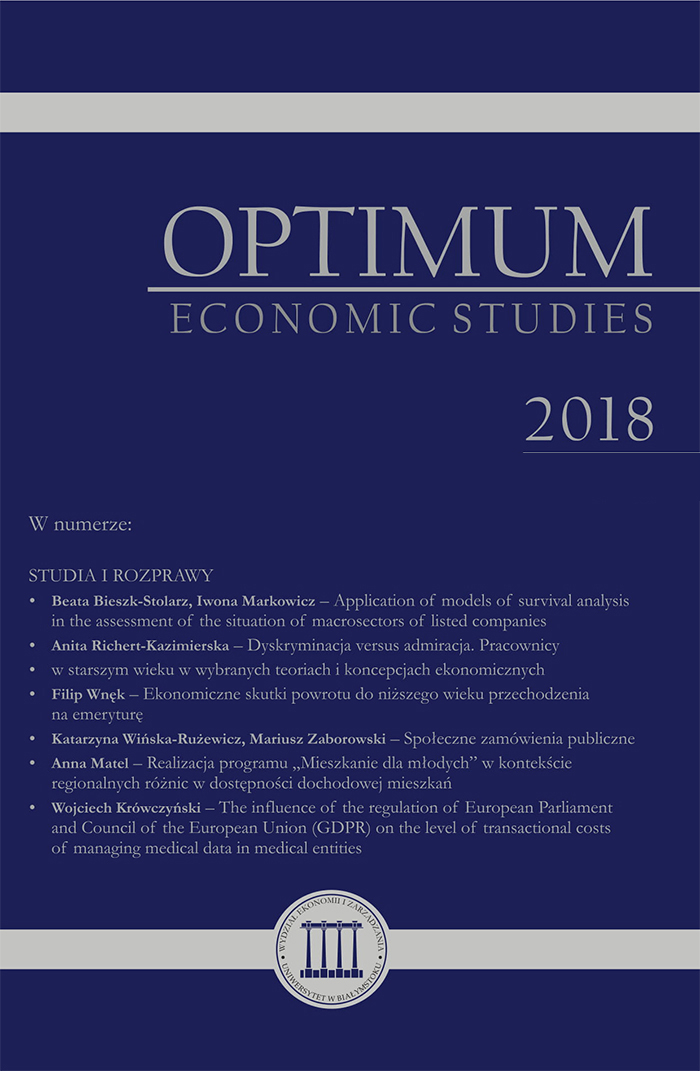Grants and tax subsidies as the main forms of state aid – a perspective of the state of public finance
Grants and tax subsidies as the main forms of state aid – a perspective of the state of public finance
Author(s): Piotr PodsiadłoSubject(s): Public Finances
Published by: Wydawnictwo Uniwersytetu w Białymstoku
Keywords: State aid ; the European Union ; grants ; tax subsidies ; general government sector debt
Summary/Abstract: State aid according to Article 107 par. 1 TFEU brings economic advantage to certain enterprises or productions of certain goods, excluding others. In other words, the given measure cannot be regarded as State aid, if it does not bring any benefits to the addressed entity. State aid may therefore be described as the selective increment of financial benefits to an enterprise or a group of enterprises, which at the same time is accompanied by formation of a financial burden on the side of public finances. This burden may be in the form of public spending to enterprises or reducing the regulatory burdens imposed on the enterprises. In the first case it will be aid provided by active support mechanisms, such as grants, interest rate subsidies on bank credits, refunds, preferential and conditionally discharged loans, sureties, and credit guarantees. In the second case it will be the aid provided by tax exemptions and tax deferrals (tax subsidies), the conversion of enterprise debt to capital, or postponing the payment of specific public contributions. The subject of the article is to present the conditions of admissibility of State aid in the European Union. This should lead to verify the hypothesis of the influence of State aid on the state of public finance in EU Member States which provided State aid in the form of grants and tax subsidies in the years 2000–2016. This analysis is carried out based on the linear regression model. The response variable (dependent variable Y) is the size of the general government sector debt, and explanatory variable (independent variable X) is state aid in the form: 1) grants; 2) tax exemptions and tax deferrals. In the other words, the hypothesis highlights that State aid in the form of grants and tax subsidies, in respect to the whole European Union and particular Member States, should be positively correlated with the size of the general government sector debt. Results: The conducted analysis of regression indicated that State aid in the form of grants and tax subsidies (tax exemptions + tax deferrals) and the size of the general government sector debt are linearly dependent – respectively regarding 22 and 14 Member States, which in the years 2000–2016 provided State aid in these forms. Key words: State aid, the European Union, grants, tax subsidies, general government sector debt
Journal: Optimum. Economic Studies
- Issue Year: 92/2018
- Issue No: 2
- Page Range: 90-109
- Page Count: 20
- Language: English

